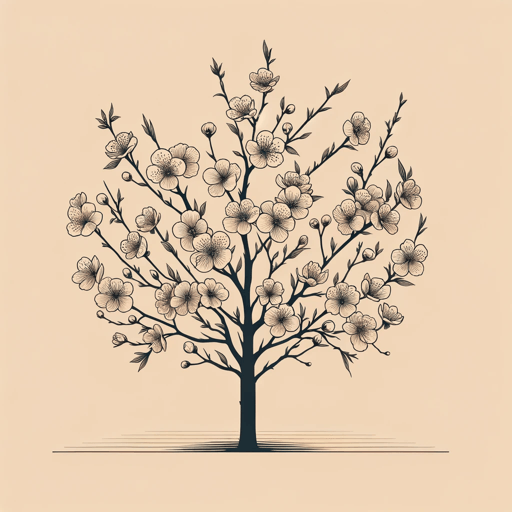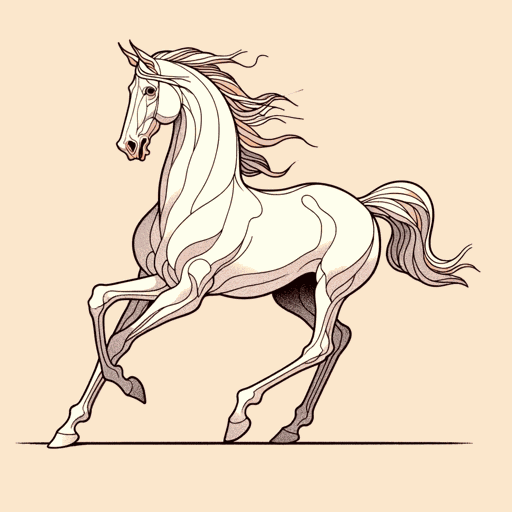29 pages • 58 minutes read
Katherine Anne PorterFlowering Judas
Fiction | Short Story | Adult | Published in 1930A modern alternative to SparkNotes and CliffsNotes, SuperSummary offers high-quality Study Guides with detailed chapter summaries and analysis of major themes, characters, and more.
Symbols & Motifs
Flowering Judas
The titular flowering Judas tree is the most prominent symbol in the short story. It appears twice: first, when Laura tries to dissuade the suitor outside her window, and second, in Laura’s nightmare when she eats the flowers from Eugenio. The flowering Judas tree itself is named for Judas Iscariot, the betrayer of Christ, who allegedly hung himself from a tree in remorse. The flowering Judas in this story takes on multiple meanings. In the first instance, the flower Laura throws is meant to say “no” to her suitor but only encourages him further. Here, the flower represents Laura’s contradictions, as she means to do one thing but instead does another. In the second occurrence, Laura greedily eats the flower, symbolizing the blood and body of Christ. However, in a macabre inversion of this religious rite, she is eating from the skeletal remains of Eugenio. This act represents multiple types of betrayal: to Laura herself, to her Catholic faith, to the revolutionary ideals she has supported, and to humanity.
Food and Eating
In “Flowering Judas,” the motif of food and eating intersects with several of the story’s central ideas. Bottom of Form Braggioni’s over-indulgence in food (evident in the many references to his obesity) illustrates his self-indulgence.
Related Titles
By Katherine Anne Porter




